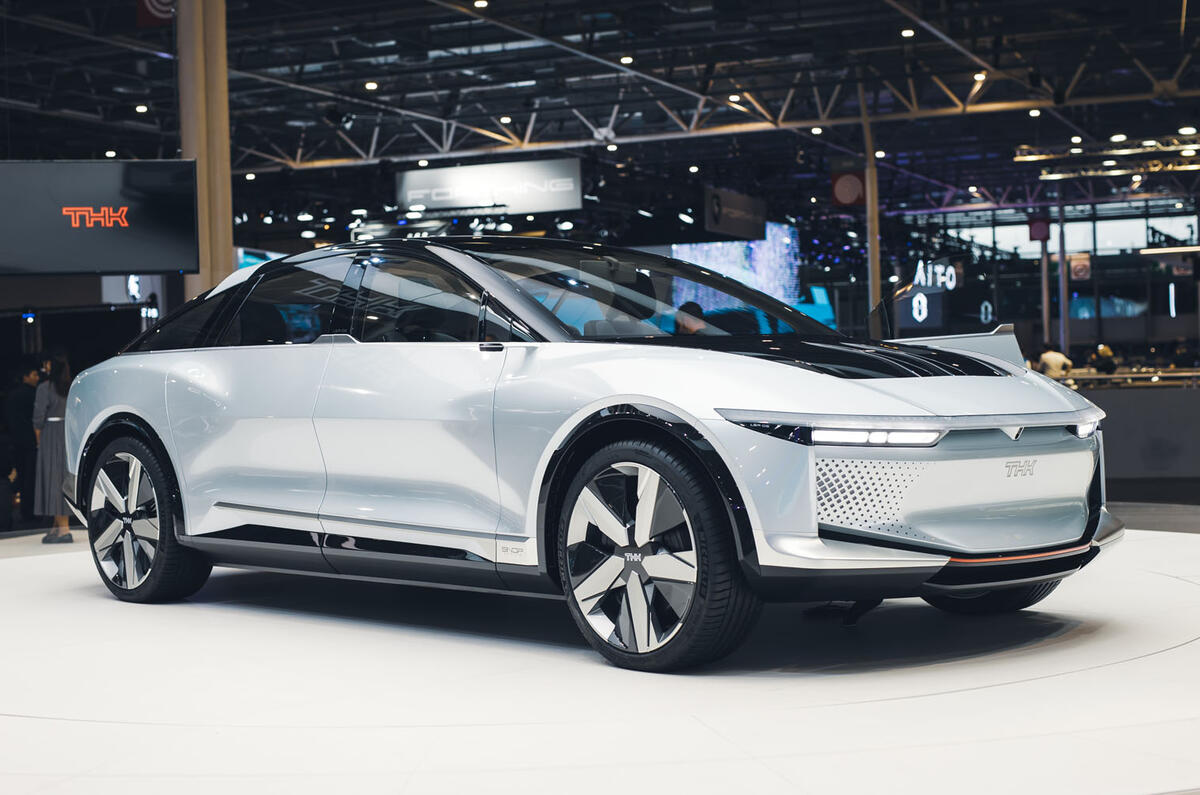On a corner of the Renault Group stand at the recent Paris motor show stood the perfect use case for in-wheel motors. The company had stripped the body panels from its new Duo/Bento quadricycle – the replacement for the Twizy – and a large caged area between the rear wheels, incorporating the e-axle with an electric motor and driveshafts, was visible.
Without that, the Bento van version could have repurposed the space to vastly increase its luggage capacity. Or it could have been a usable boot for the Duo passenger model.




Add your comment